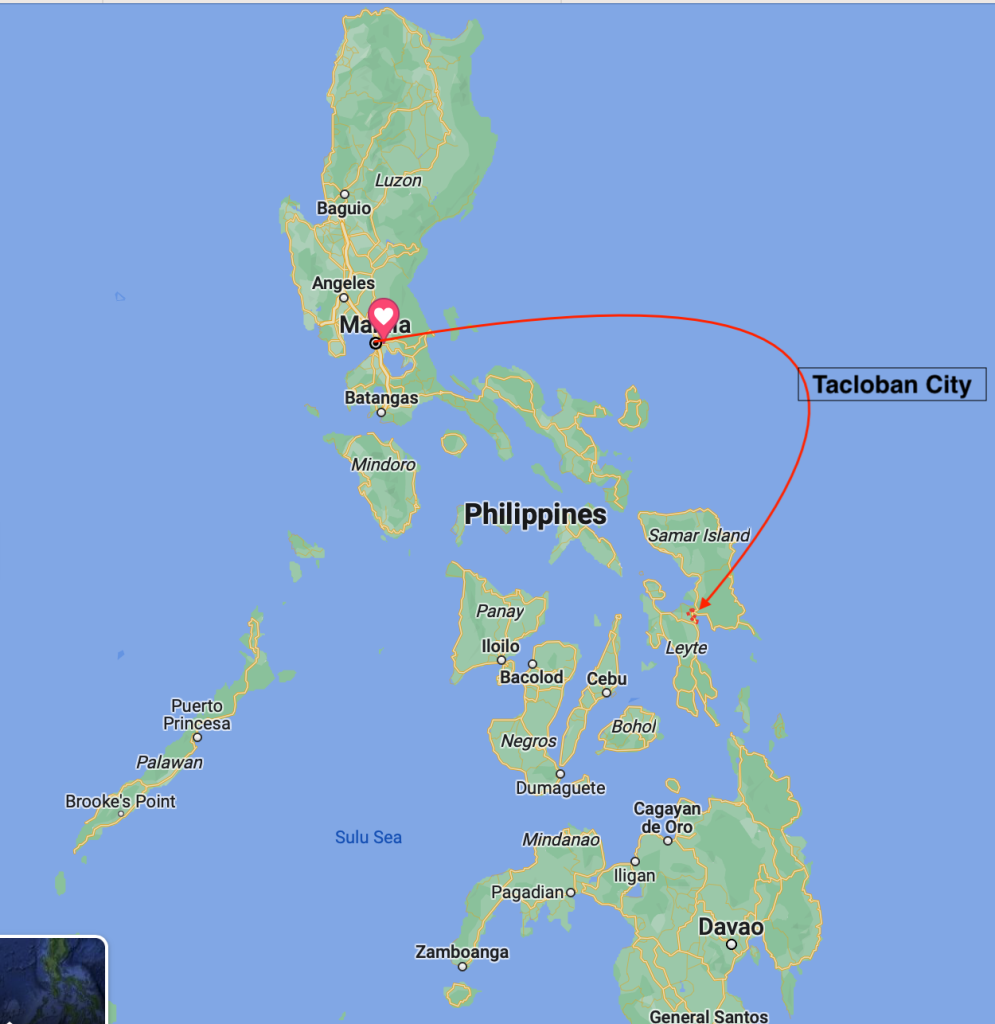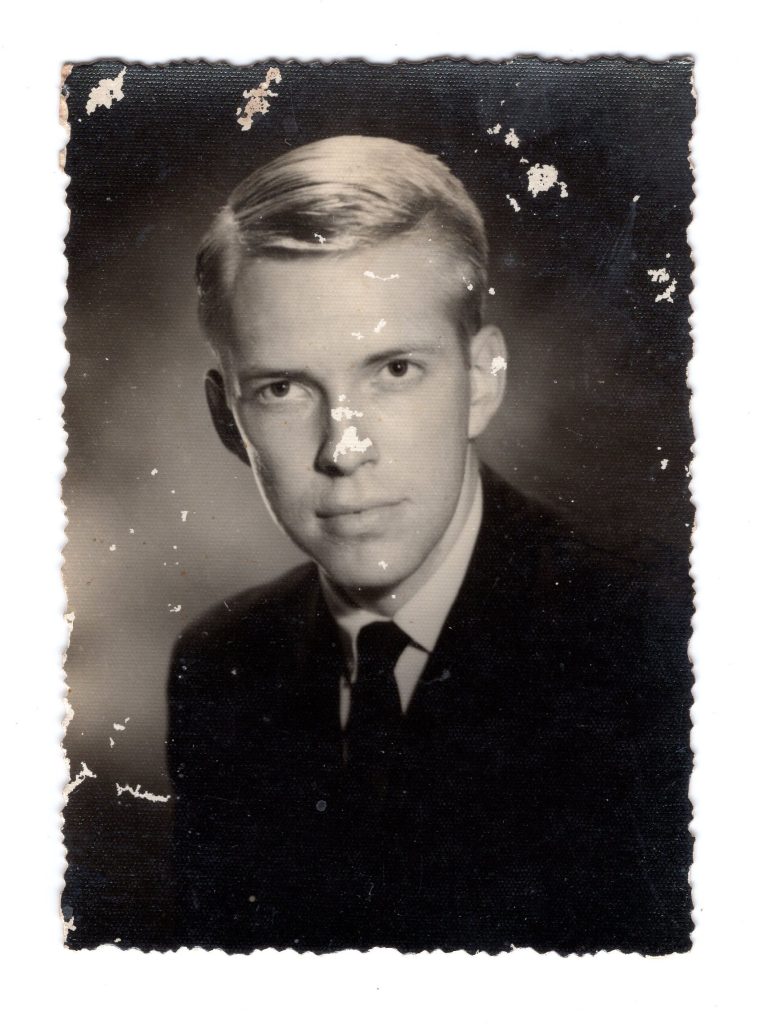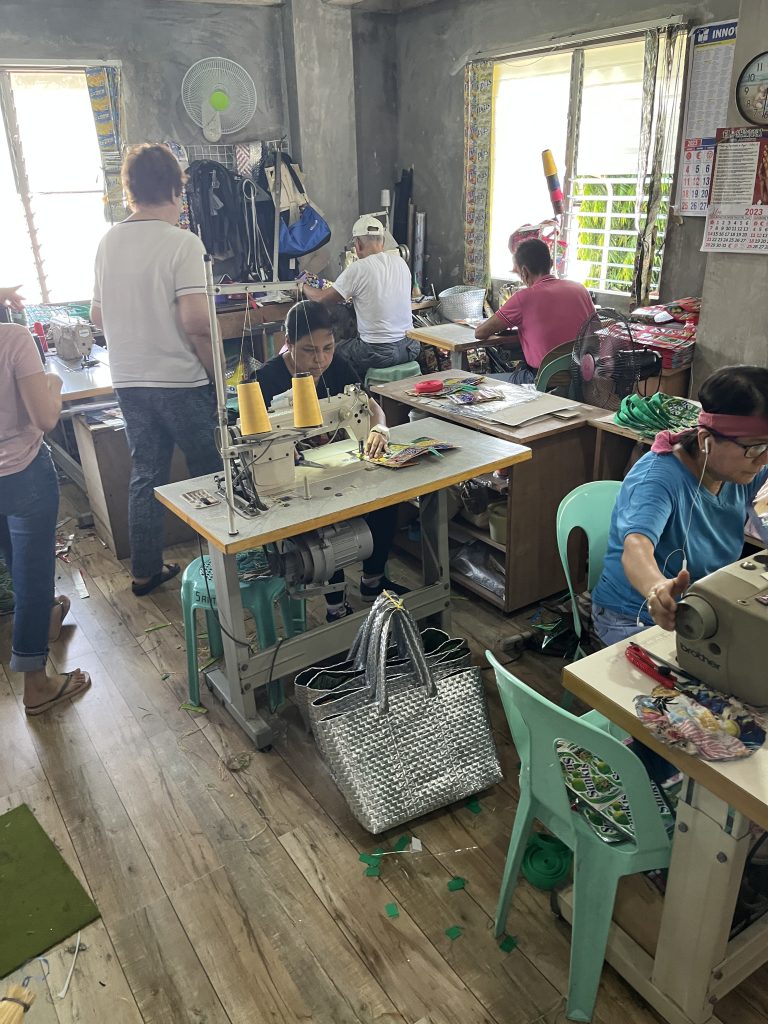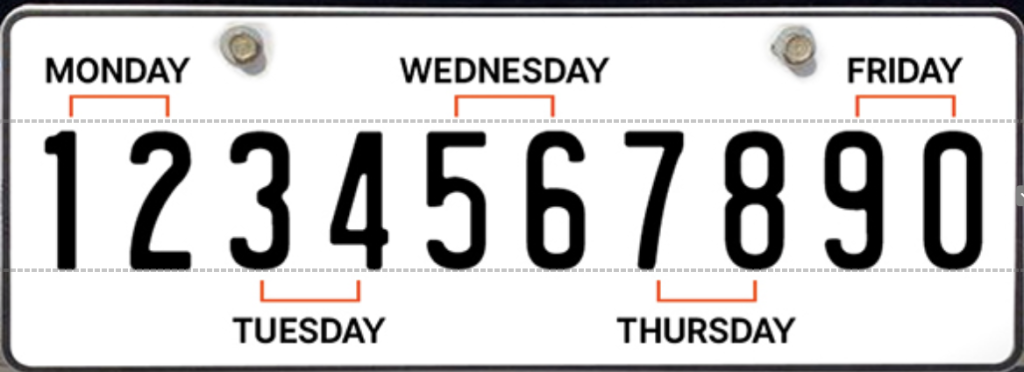The term used in seeking and acquiring relevant historical information about the Filipino saints, events, and items that may be related to church history in the Philippines requires us to be detectives, research, find, as well to talk and interview pioneer Filipino saints.
After interviewing Filipino saints, many share their journals, pictures, and other memorabilia with us. Some of these items that are donated turn out only to be nice family mementos but occasionally we find real gems of historical significance.
For example, a full-time Filipino senior missionary serving in the Olongapo Mission home as a secretary to the mission president shared a compilation of stories contained in a book that had been written to document the experiences of a refugee camp for Vietnamese refugees that were brought to the Philippines in the 1980’s after escaping the oppressive communities regimes that slaughtered hundreds of thousands of people in Vietnam, Cambodia, Laos, and other Asian countries. These refugee camps were set up to receive and house thousands of refugees prior to their immigrating to the US and other countries throughout the world.
Many of the camp’s staff were young LDS sister missionaries that were assigned to live in the camp to teach English, nutrition, hygiene, and help with medical issues. The book that was donated to us documents stories and experiences at this camp. The full-time sister missionary who donated to the Church was one of these young missionary sisters. We have an appointment to interview this sister missionary who served in the refugee camp in the 1980’s. She and her husband are now serving another mission here in the Philippines. In a future blog post, I will share her interview and story with you.
Surprises
We were curating a collection that was donated by some Filipino saints from Tacloban, which is an island in the central group of islands in the Philippines. There are three groups of islands that compose the Philippines islands.
The northern islands – Luzon. This is the most popular island and where we live.
Visayas is the middle group of islands and is a cluster of islands that are between the north and southern group of islands in the Philippines. Tacloban is located in this middle group of islands of Visayas. This is where the collection we were curating came from. See picture and arrow below.
Mindanao is the southern most group of islands. Mindanao is largely muslim population.

The Red Arrow Points to Tacloban in the Visayas Island Group.
As we were curating this collection, much to our surprise we came across a missionary picture we recognized. A bit of background. We lived in the Oakland California Stake for over thirty years. The young missionary in the picture we found was Paul Wright who lived in the Oakland First Ward. We lived in the Oakland Third Ward which was a neighboring ward. I served with Paul for years in the Boy Scouting program. When I sent him this picture, I asked him if he recognized the punk kid in the picture? He was surprised that a picture he gave to a member in 1966-68 would show up over a half a century later.

Elder Paul Wright Circa 1966-1967
He was blown away and mystified that we found his picture which ended up in Tacloban because Paul served most of his mission in Cebu. An island far from Tacloban. Paul is now a patriarch in the Oakland California Stake.
Marcia Supports a Sweatshop
A favorite purchase of many of the senior sister missionaries serving in the Philippines Area is a large purse that doubles as a shopping bag made from recycled plastic soda and water bottles. The place that manufactures and sells these bags is located in a Barangay a few miles from where we live. When I say two miles, you might assume it’s just a few minutes away, but one thing you quickly learn in Metro Manila miles/kilometers have no real meaning. It took us nearly an hour to drive and find this place because of the traffic.
Marcia is touring the upstairs level of the building where the bags are manufactured. I quipped that this was about as close to an apparel sweatshop that we will probably ever get. However, this was a far cry from a dingy apparel sweatshop you might imagine because this place was well lite, ventilated, and had relatively modern sewing machines. I’m quite sure these workers were glad to be working and making relatively decent wage for the Philippines because of the high unemployment in the Philippines.

The Purses and Bags picture here are made from recycled plastics.
The Plan
Recently, we spent an afternoon with Elder and Sister Tidwell. Elder Tidwell is a retired dentist from SLC serving in area where we are based. The title of their assignment is Welfare Service Specialists. Their specific role is to work with all mission and local leaders (stake/district presidents and mission leaders) on implementing a young proselyting missionary transition goals and life planning post mission program. This initiative is called – My Plan which is relatively new and is being implemented to different degrees church-wide. Here in the Philippines, the program begins three months prior to a missionary’s release date and continues post-mission. It is a series of goal setting and life planning strategies and programs . The program is focused on, and seems to be most effective, in third world countries for missionaries returning to their home country.
In the Philippines, this program is needed because as a general rule, Filipinos don’t culturally think in terms of life goals. It may be a little over simplification but many Filipinos that live in rural areas aren’t taught big picture or have the vision and basic planning of life skills. Consequently, when they return from their mission and step out of a highly regimented daily routine of missionary life, they are lost and often slip into depression and are at a loss of what to do. This program is designed to prepare them and provide them with tools and help them set goals and develop a specific plan on what they need to do to succeed in their post mission life. This is unlikely to happen with out this type of program.
The unique part of this initiative is that concurrent, with a missionary’s release, all Filipino missionaries are required to attend a three-day seminar where educators, entrepreneurs, outsourcing placement agencies, and inspirational speakers host an immersive experience designed to motivate these young, return missionaries to help them plan for their success after they are released and for their future life. As I said, Filipinos at this age, aren’t culturally prepared to do long-term planning.
The seminar includes and culminates with mentors being assigned to each missionary before they leave their mission and return to their local area where they live. After they return, these mentors (who are successful members of the Church) help them execute and follow through on their post mission plans and life goals. This is a very cool program that will help fill the void that local Filipinos missionaries normally experience when returning home. In the Philippines, many of the returning missionaries are from rural and poor areas where there are limited educational and job opportunities and this program will provide not only tools but opportunities with employers that will train and hire them.
A Follow up on FSY
As discussed before, the Church held the inaugural season of the “For the Strength of Youth” (FSY) at its new campus. I’ve been in a Sacrament Meeting where the youth that attended the FSY raved about their experience at the FSY campus. The My Plan program will be hosted at the FSY Campus for the three-day immersive seminar as missionaries are released from their mission in preparation for returning home.
Coding Day
To reduce traffic, which will be the topic of an upcoming blog post, the government has a traffic reduction program Coding Day. This plan is intended to reduce traffic because traffic in the Philippines is nothing like we’ve ever experienced before…..it is out of this world.
On a Coding Day, all vehicle are required to not drive between 7 am – 10 am or from 5 pm – 8 pm. Your Coding Day is determined by the last number of your vehicle license plate. For example, if the last number on a license plate is “5”, Wednesday is your Coding Day. Since our license plate number is “NFG 7107” and since it ends with a “7”. we are not allowed on the road between 7 am – 10 am or from 5 pm – 8 pm on Thursdays. If you are caught, you get a ticket. The ticket isn’t that much but you have to appear in person to pay the ticket which can take the better part of a day.

My assumption is that this system works but since we haven’t been around when this system wasn’t in place, I really don’t know if works or not….what I do know, is the traffic is a challenge we face daily.
Continual Amazement
I continue to be amazed at the variety of senior mission couple assignments that senior couples serve in the Philippines area. There are humanitarian missionaries that are responsible for finding, placing, and managing tens of millions of dollars in Church funds into various projects including but not limited to schools, hospitals, fire departments, water projects, and numerous of other types of projects. Keep in mind, the Philippines is only one country where there are humanitarian missionaries. There are hundreds of these humanitarian senior couples around the world.
Other senior couple missionaries that are attorneys serve and work with human rights area, work with in-country human resources legal issues, real estate law, as well as serve as the Church’s general legal counsel.
There are mental health and medical advisors, dentists, others serve in mission and area office administration duties, some serve in new proselyting missionary training support, mission presidents, local member and leadership support, lost member support, temple, family history, and of course our calling in church history.
I recently read an article that in the last year the total number of young missionaries worldwide increased by 22% year to date from 56,000 to 68,000 and is expected to top out at 72,000 by year end not including the nearly 40,000 senior missionaries like us. At least for me, being a part of all of this…is truly amazing.
Things we continue learning about the Philippines:
Cost of Living
In Quezon City, which is in metro Manila, food costs are as much or more expensive than in the US. In the rural areas, everything is substantially less expensive. However, since the area where we shop is in metro Manila, food items in grocery stores and in restaurants food is as expensive, if not more so, than food is in the US. However, I’ve found that baked goods are less expensive and are exceptionally delicious. One reason is that baked items are baked fresh several times daily.
To give context, Metro Manila would be comparable to NYC, LA, or San Francisco in the US where everything costs more than in the Midwest, or less populated areas in the US, where most things are less expensive. I assumed prior to arriving here, making assumptions is always a dangerous thing to do, that things here (universally) would cost less…but, alas – not so. In talking to a local Filipino about the food costs, she reminded me that some of the items I was naming that were a lot more than in the US were imported since they are not indigenous to the Philippines – such as berries for my smoothies. These are all imported. When I began to take this into consideration, I could see the items that I purchased that were so much more expensive than in the US were all imported which more than doubled the cost for the same items in the US. I have since adjusted my purchasing habits.
Real Estate
Real Estate pricing of rural vs. urban follows the same pricing differential as in the US.
For example, a young man that works in the IT department in the Area Offices, where we often work, shared with us that he and his wife have one child. They recently purchased a home for P2,000,000 (Pesos). Converting Filipino pesos to US dollars is ~$1.00 = 54 pesos. This means that the cost of their home in the area where they live (which is a rural area and about a 90-minute daily one-way commute to the Area Office) in US dollars was ~$37,000. I don’t know how large their home is or anything else about the house but this just gives you an idea of home prices in rural areas in the Philippines.
In metro Manila it’s a different story. Homes ranging in the mid-hundreds of thousands to tens of millions of US dollars are not uncommon. A home costing 20M – 80M Filipino pesos ($360,000 – $1,500,000) would be a modest sized to upper scale home in a good area. There are a number of areas in the Philippines that are considered good by US standards.
Real Estate pricing of rural vs. urban follows the same pricing differential as in the US. Big city – expensive. Rural areas, not so much.
Thought of the Day: Taken from a talk in Sacrament meeting a few weeks ago:
It’s important to find the right person to marry but don’t try and find the perfect person – because you’ll be looking for a long time and you’re unlikely to find that perfect person, after all if the person you are looking is looking for the same thing….you’ll never get together. —Pasig 2nd Ward, Philippines
Scriptural thought: Mosiah 18:9 – “Yea, and are willing to mourn with those that mourn; yea, and comfort those that stand in need of comfort, and to stand as witnesses of God at all times and in all things…….”
